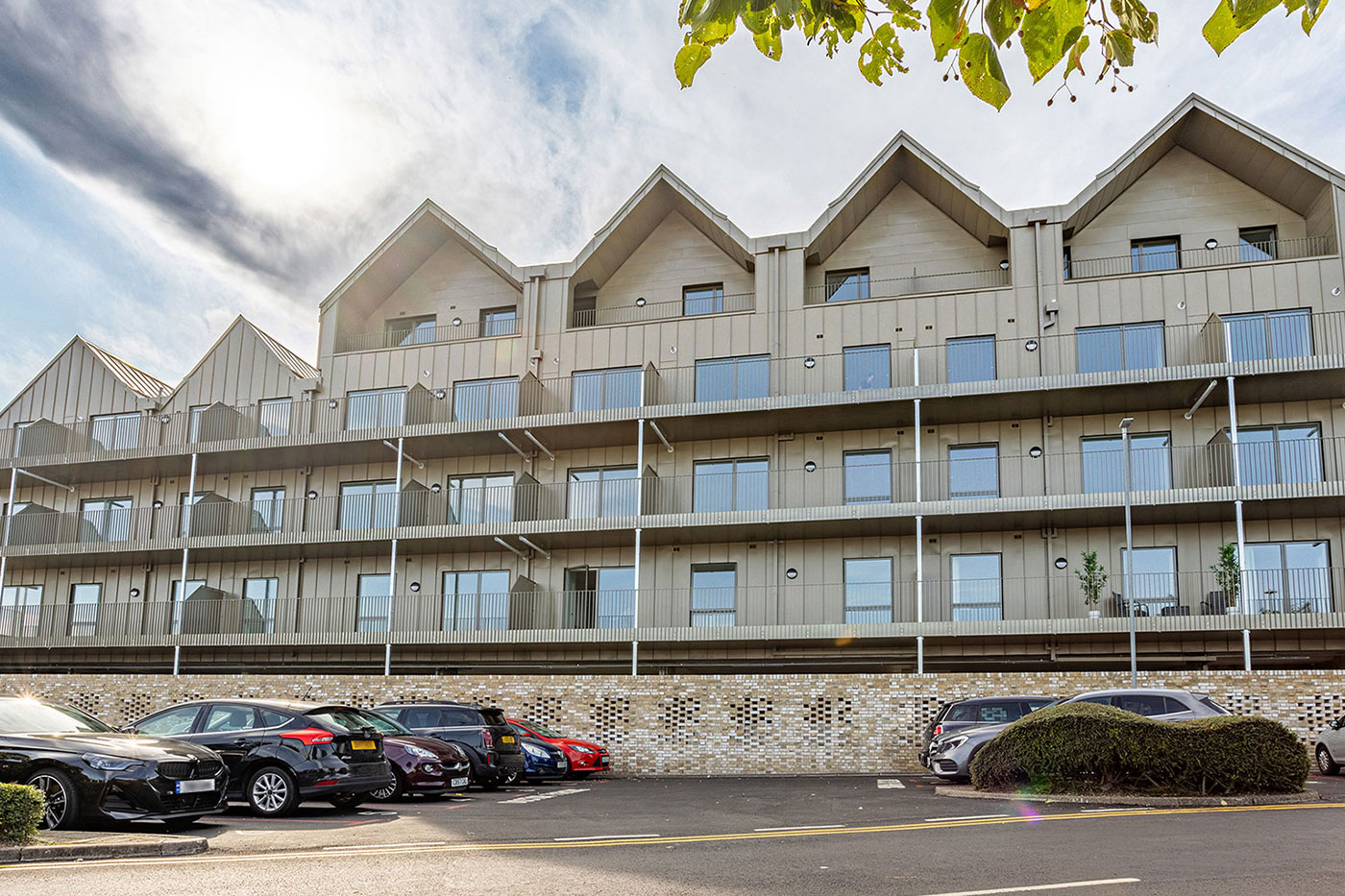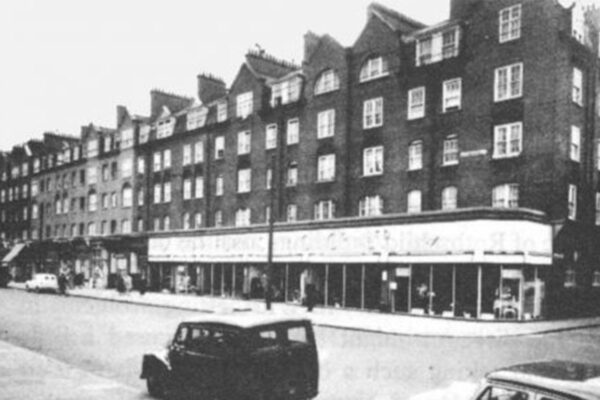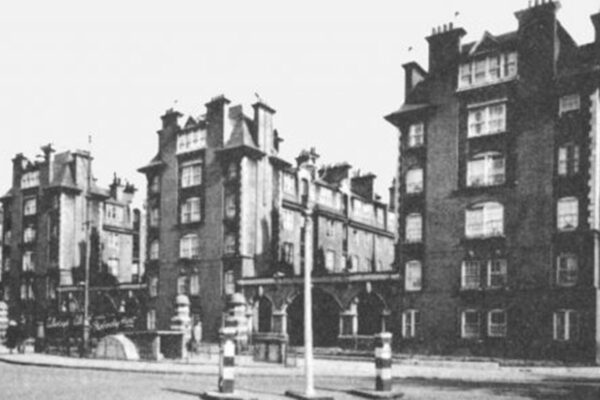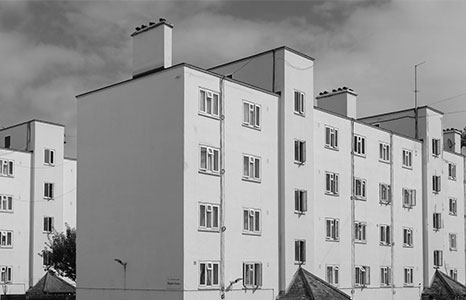Our history
The first Baron Nathaniel Mayer Rothschild
The first Baron Nathaniel Mayer Rothschild (1840 – 1915), was a British banker and politician from the well-known Rothschild family.
He became a member of the House of Lords when he was created Baron Rothschild. As a religious Jew, he held honorary positions in many Anglo-Jewry institutions and was involved in many philanthropic activities. He was heavily involved with the foundation of the ‘Four Per Cent Industrial Dwellings Company’, a model dwellings company whose aim was to provide decent housing, predominantly for the Jews of Spitalfields and Whitechapel. The name was subsequently change in 1952 to the Industrial Dwellings Society (1885) Ltd and continues today as the IDS, a registered housing association providing accommodation at fair rents to those most in need.
Responding to the need for housing in the 19th century
During the 19th century, London’s East End was at its most dangerous; badly overcrowded with most of its population living in ramshackle and insanitary housing.
This was later compounded by the arrival of Russian Jewish refugees; many of whom were fleeing from persecution in their homeland. At the heart of the Spitalfields area was, according to an observer, ‘the foulest and most dangerous street in the whole metropolis’. At the time, neither Government nor local boroughs provided housing.
The East End has always been a place of shifting populations, the first port of call for those fleeing persecution or war. Spitalfields hosted the Protestant Huguenot silk weavers, the Irish, as well as the Jewish community.
Persecution and massacre of Jews in Europe worsened, leading to fresh waves of immigrants. In 1859, the Jewish Board of Guardians was founded to tackle the problems facing the Ashkenazi immigrants; focusing its efforts on the East End and aiming to provide for the impoverished incomers through the community’s own charitable funds.
By this time, the slum crisis was beyond control; the Board’s Sanitary Commission reported in 1884 that ‘the houses occupied by the Jewish poor […] are for the most part barely fit, and for the many utterly unfit for human habitation’.
The need and response
A report, commissioned by the United Synagogue to enquire into the East End’s ‘spiritual destitution’, recommended two aims to remedy the situation: new settlers should be integrated into the ways of life of their new country and should be provided with decent, healthy homes.
These homes were believed to ‘constitute the greatest of all available means for improving the condition, physical, moral and social of the Jewish poor.’ Investors in the scheme were promised an annual dividend of four per cent from the 1,600 shares of £25 each, while rents were fixed at no more than five shillings per week. This was a lower return than what other social housing projects offered, but was ultimately designed to keep the rental charge low.
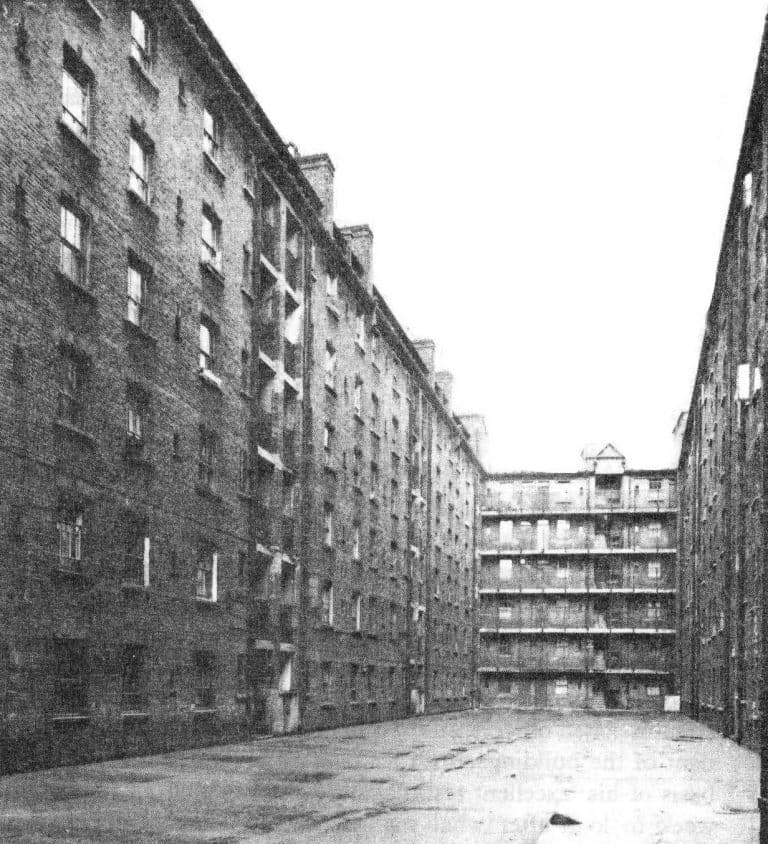

Provided decent, healthy homes for new settlers
The report was presented in March 1884 to the United Synagogue which fully approved its suggestions, and six days later the new Four Per Cent Industrial Dwellings Company was formed at Nathan Rothschild’s City banking house. The, now-demolished, first Industrial Dwellings block was the Charlotte de Rothschild Dwellings in Flower and Dean Street, Spitalfields, built between 1886/7. It provided two-room flats with shared toilets and kitchens along with sculleries, balconies and attic workshops – all luxuries unknown in the East End slums and very desirable despite the block’s dull utilitarian appearance.
Community growth and expansion
The list of applicants for flats was inevitably oversubscribed and most of the new inhabitants were Jewish immigrant workers. By 1899, the Company had housed over 4,000 people and the death rate in their tenements was a third of the average in Whitechapel. The Company’s work soon expanded to other parts of London, including Camberwell and Hackney.
Coronation and Imperial Avenues off Stoke Newington High Street were completed in 1903, and the 300 flats of Navarino Mansions were built during 1903-1904 in an attractive Art Nouveau style with Art Deco features designed by the Company’s architect, Nathan S Joseph. Joseph’s work was known by the use of red bricks and lots of decoration, presumably in reaction against the dismal style of the first Spitalfields building, but after 1905 the Company halted building more blocks until 1934, when the economic situation forced them to explore using more economic construction methods.
No new developments until the late 20th century
IDS focussed on modernising its estates in the post-war decades and it wasn’t until the late 1970s that we resumed building, with the construction of Leslie Prince Court (1979) on derelict land beside Evelina Mansions. Construction continued through the rest of the century and into the new millennium with Charlotte Court (1984), Clifford Lawton House (1988), Hilary Dennis Court (1997), Abraham Cohen Court (2003).
We also acquired existing buildings from from other specialist Jewish associations in this period, with the individual transfers of John Golding House, Rebecca House, Nathaniel Court and AJEX House.
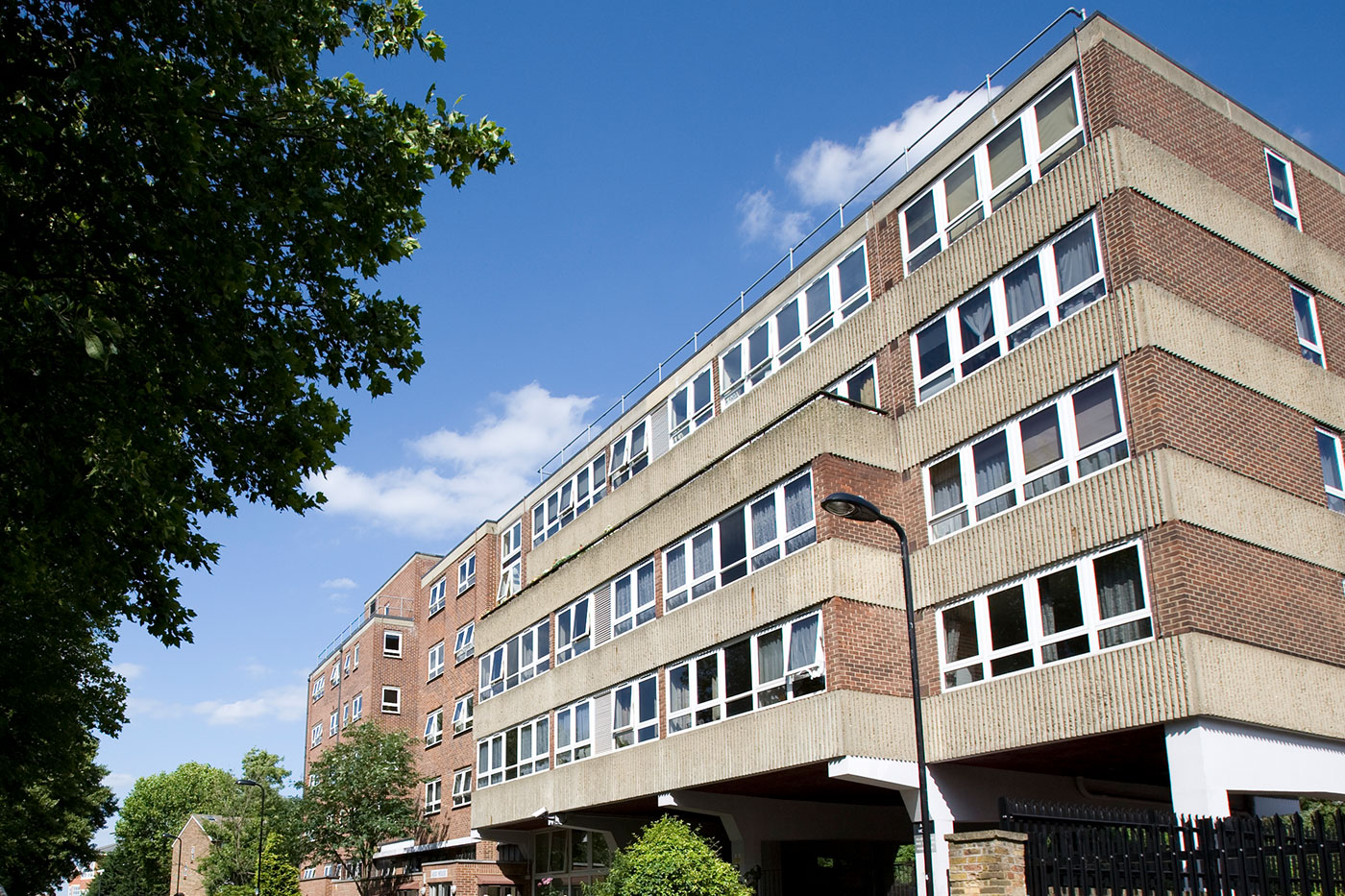

New developments in the 21st century
Silver Jubilee Mews is located on a former pub site in Canvey Island, Essex. Four new houses built in 2017 were purchased by the The Industrial Dwellings Society to help ease overcrowding in Stamford Hill. This purchase demonstrates our continued commitment to deliver homes in innovative ways and to help Jewish and other communities prosper and enjoy excellent accommodation, honouring our founders’ willingness to test pastures new.
Today at IDS
IDS provide around 1,500 homes, and in 2024 we completed our latest development at Thomas Kendrick Court in Borehamwood. This new development was named after Thomas Kendrick who orchestrated a covert operation to listen in on the conversations of over 10,000 German prisoners of war at three specialized sites, including high-ranking Nazi officials such as Hitler’s generals and Field Marshals at Trent Park in North London. The vital intelligence gathered by Kendrick’s team, which included the efforts of ‘secret listeners’, has been acknowledged by Historic England as being as crucial to the war effort as the codebreaking at Bletchley Park.
